![]()
All eyes are on Montreal Canadiens forward Jesperi Kotkaniemi following his ninth NHL game. Between the point at which the final buzzer sounded in their game against the Buffalo Sabres on Thursday and the drop of the puck versus the Boston Bruins on Saturday, the Canadiens will have a big decision to make.
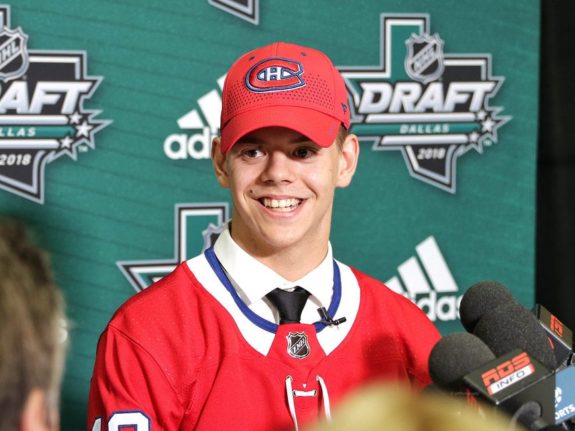
Either the Canadiens keep him up for that 10th game and officially use up the first year of his entry-level contract or they demote him/ send him back to Finland. Ultimately though, based on the five reasons below, that decision may be a big one, but not necessarily one that’s all that hard to make.
5) Minor Canadiens Contract Ramifications
Yes, the Habs would use up the first year of Kotkaniemi’s deal should he stay. And, yes, if he plays 40 games this year, the season would count towards his years of service leading up to free agency. The pitfalls of a worst-case scenario are easy to imagine: Hypothetically, the Habs end up paying Kotkaniemi more, faster and they could lose him to free agency prematurely after they drafted him third overall at last summer’s NHL Entry Draft.
However, for better or worse the Habs are not the Toronto Maple Leafs, who will have to break the bank to keep the likes of William Nylander, Auston Matthews and Mitch Marner.
Granted, the Canadiens have that horrible Karl Alzner contract with which to contend along with the remaining eight years on each of the Carey Price and Shea Weber deals. However, due to the cap consistently increasing, those deals aren’t as backbreaking as the Leafs’ will be. The Habs have $7 million in projected cap space, even with all those questionable contracts taken into account. Plus, the biggest free agent the Habs will have to negotiate with next summer? Artturi Lehkonen.
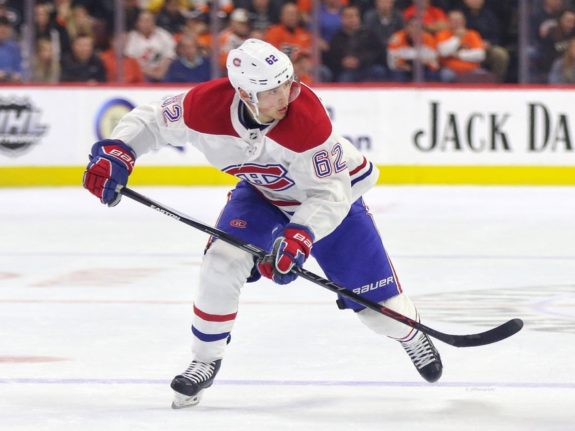
Needless to say, the Habs aren’t in as dire financial straits as their historic rivals and can afford to sign Kotkaniemi to a long-term contract when the time is right. That’s the way to counteract the contract ramifications of keeping him up now, by eating up some of his free-agency years before it gets to that point. That’s assuming Kotkaniemi will be worth breaking the bank over, but the early signs are positive to say the least.
4) Kotkaniemi Has Fit Right In
Granted, Kotkaniemi has just three assists, but, looking at both the eye test and the underlying statistics, he belongs in the NHL. As a result, the logical argument is it makes sense for him to stay with the Habs. It’s both where he will be challenged the most and where the Habs can keep the closest eye on him from a developmental perspective.
The American Hockey League is an option in theory. In fact, in many ways, it’s the best option, as the Habs can send him down without burning that first year and still expose him to the North American game on an everyday basis. However, what’s the point if he can learn more in the NHL and develop at a faster rate? The one concern had been that the Habs wouldn’t play him at center and would opt to bring him along slowly like they did (and failed) with Alex Galchenyuk.
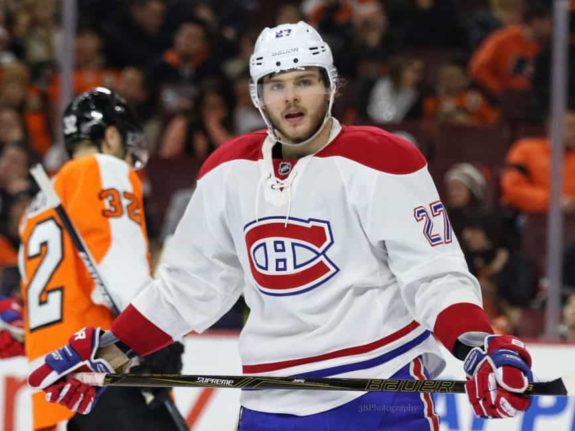
Thankfully, they’ve done the smart thing and allowed him to develop down the middle. So, keeping him up? Just as smart in this case.
3) Finland Not an Option
Another option would have been to send Kotkaniemi back to Finland, but that’s looking like less and less of a realistic (or good) scenario. Sure, he would find himself under the tutelage of his father Mikael, who coaches Porin Assat in the Finnish elite league, Liiga. But the whole point of developing prospects is to force them to take steps forward out of their comfort zones.
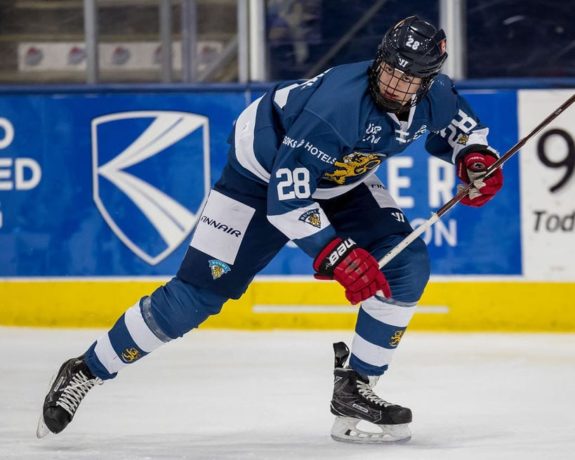
Furthermore, with Assat last in the 15-team league (by a wide margin), a return to Finland would presumably end up being worse of an experience than staying with the Canadiens (who find themselves in a playoff spot entering action Thursday night). So, not only would Kotkaniemi logically develop at a faster pace in Montreal, but he may even end up winning more. You might even say it’s a win-win… for everyone involved.
2) Not Even the Least-Impressive Habs Rookie
It’s in large part the attention Kotkaniemi has received, but defenseman Noah Juulsen has flown under the radar as the other rookie on this Habs team. Considering his skill set and the role of a defense-first defenseman he’s been slotted to play, that’s maybe for the best.
“Least-impressive” is an admittedly odd way to phrase it. After all, Juulsen has the third-most time on the ice among all Habs per game (second-most on the penalty kill, however mediocre it’s been). The fact remains, Juulsen was far from a lock to make the Habs, even after it had been announced that Weber, one of the Habs’ few fellow right-handed shots, would be injured until December.
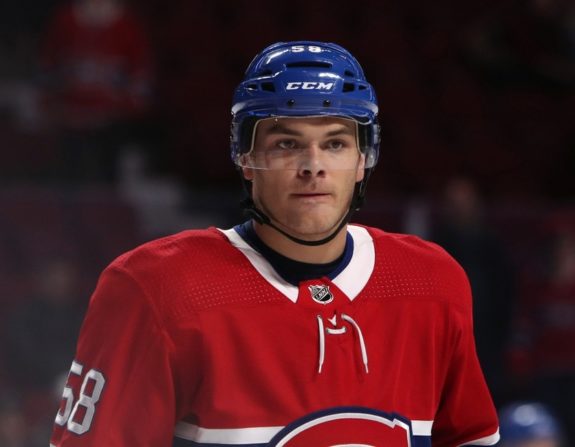
If Juulsen can stay on through a combination of solid play and an organizational need at the position he plays, Kotkaniemi should be given the same benefit of the doubt. After all, when Weber’s healthy, it’s actually Kotkaniemi’s position where the Habs are weakest.
1) Canadiens Need a Center
The Canadiens are so lacking for players down the middle, that their most successful center so far this season was put there as an experiment during training camp.
Max Domi has admittedly exceeded expectations. He’s still not even listed as a center on the team’s website, while Jonathan Drouin, the failed experiment at center from last season, is. Taking into account the Tomas Plekanec injury, Kotkaniemi is one of only three “natural” centers on the team (Phillip Danault, Matthew Peca).
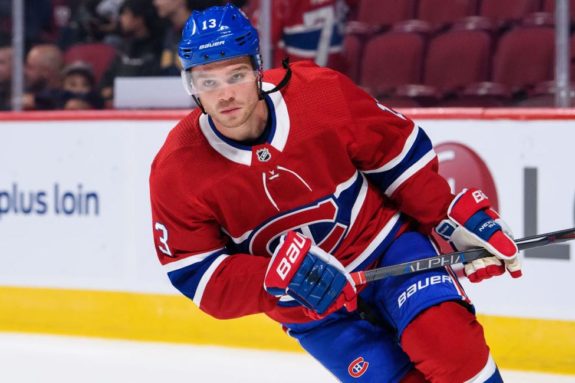
Granted, Domi played center growing up, but he was drafted as a winger. Up until last year, when the Coyotes started playing him as a center with mixed results, the wing had effectively been the only NHL position he had ever known. Make no mistake: However much success he’s had, Domi is a center because the Habs need someone, anyone there. Kotkaniemi gives them options.
More than that, Kotkaniemi gives them a potential No. 1 center a few years from now. That’s if he develops as expected. It just so happens, keeping him up with the Canadiens is the best way to assure themselves that best-possible outcome becomes a reality.